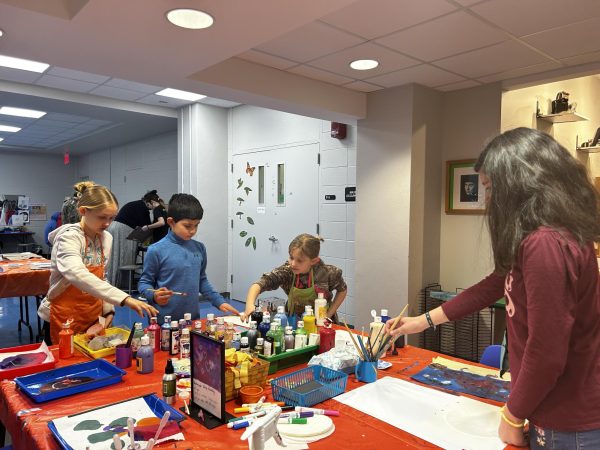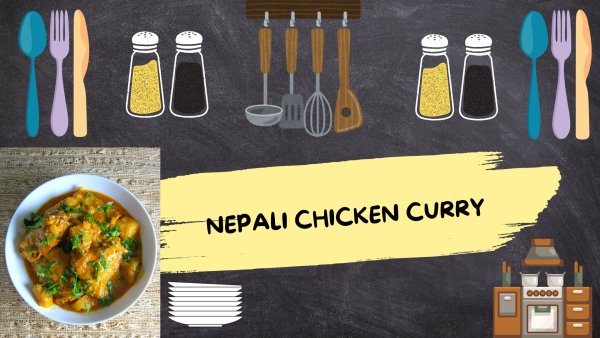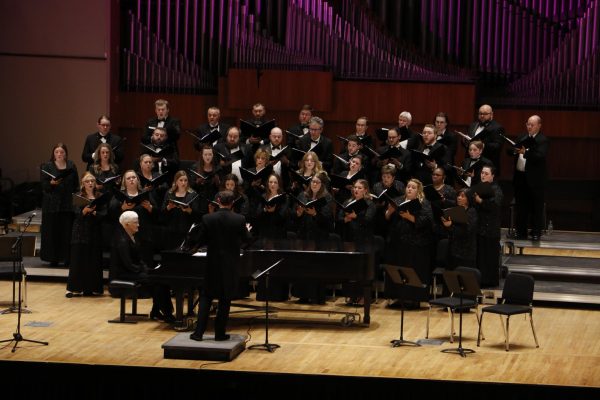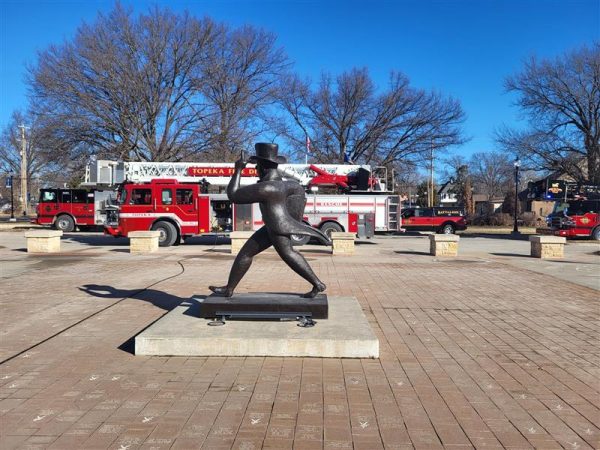Creative photography class offered
Even before the darkroom was used, photography had several different methods to develop photos.
The non-silver photography class started in 1999. It is taught by Mary Dorsey Wanless, who started as an adjunct in art at Washburn in 1998.
Non-silver photography consists of processes that were used in the mid-1800s.
Wanless teaches four different processes during this course. The oldest of the four is cyanotype, which was discovered by Sir John Herschel in 1842. Cyanotype provided permanent images using various shades of blue, which is the result of the reaction of two chemicals, ferric ammonium citrate, along with potassium ferricyanide. Combined with distilled water, the cyanotype method produces a sharp, clean image that can last for many years.
Another method taught in non-silver photography is the salted paper method, which is paper soaked in a salt solution, put in silver nitrate, then left to expose in a light box.
The result is a reddish-brown. The Van Dyke method is similar to the salted method, only omit the salt solution, and a chocolate brown is produced. Gum Bichromate is the fourth method taught, and is done in layers on watercolor paper. Yellow, blue and red are layered, producing results much like the red, green and blue graphics on a computer.
One thing that students may enjoy about non-silver photography is that there is more than one way to make photos, and a camera isn’t always needed to produce great results. It is considered to be a hybrid class because students can make their negative as big as the photo that they are producing, and enjoy the hands-on part of photography. Each student may have their own preferred method to use when designing their composition, whether it be digitized by Photoshop, or drawn as a design on transparency paper.
Some of the photos that are created in this class are exposed by being hanged to dry by sunlight or in light boxes.
“Some processes are more light-sensitive and require total darkness, so a red light is used,” said Wanless.
The chemicals used are non-toxic, and safe for the environment.
“It allows students to be creative, and lets them go toward their own interests and enhances them,” said Wanless.
What is unique about non-silver photography is that any material can be used, as long as it holds up in water. Some students have used cloth or colored paper for their designs.
Non-silver photography has a second-level as well that involves more research.
“I’m more on my own this time, and am using different processes,” said Stefanie Stuever, senior fine arts major, with a photography emphasis.
Wanless teaches non-silver photography every other year. Non-silver photography is a 300 level course, and is recommended to have either basic digital or Photography I. Although, a student doesn’t have to be an art major to take this course.
“The prerequisites can be waived if they really want to learn,” said Wanless.
Your donation will support the student journalists of Washburn University. Your contribution will allow us to purchase equipment and cover our annual website hosting costs.













